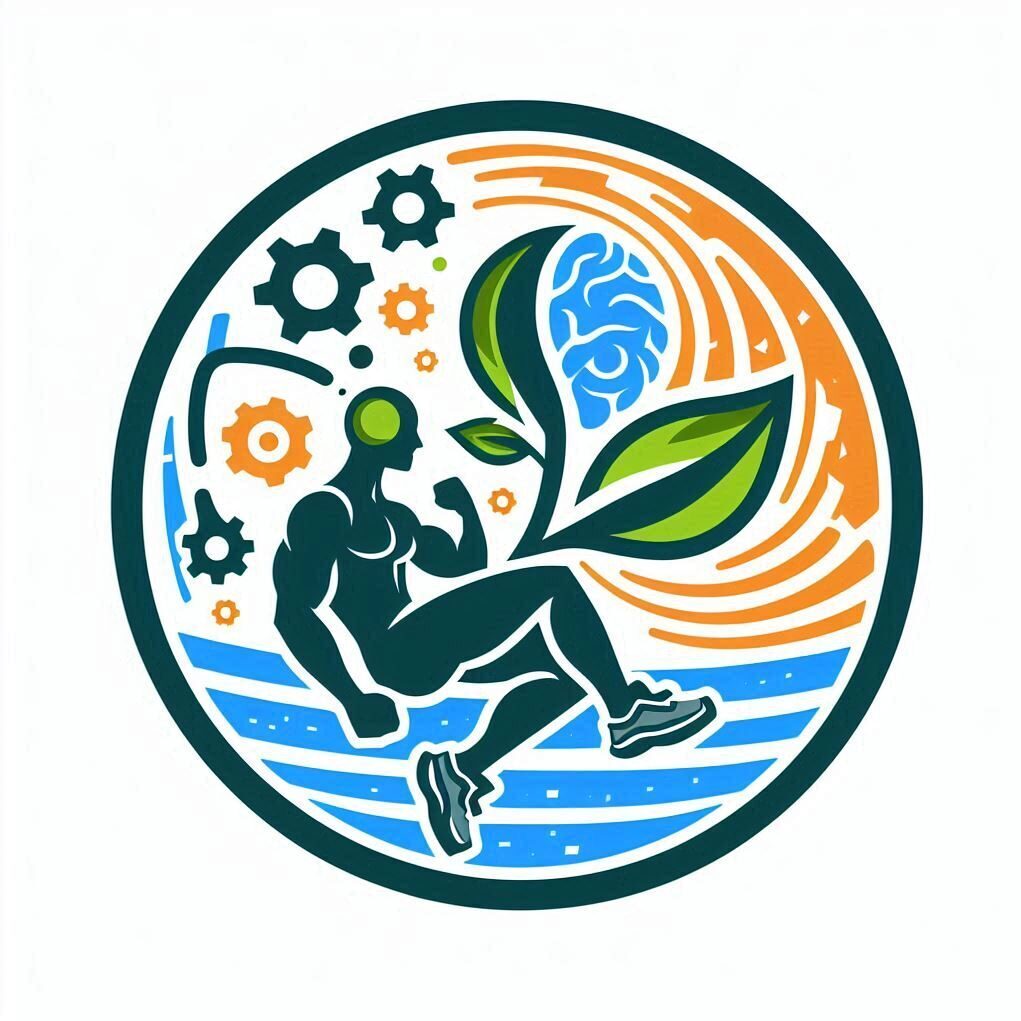Preparing for the Trip
I had to visit both the bank and the social security office in the next town. It had been over two months since I last cycled that far, primarily due to knee pain caused by a lack of gradual training and insufficient rest between rides.
It took some courage to decide to make this trip, but in the end, I committed to doing it. Two weeks before, I had already started cycling again, albeit only around my home, without significant difficulties. Occasionally, I experienced some knee pain, but it subsided within two days or less. Given my extended break from cycling, it felt like the right time to return to one of my favorite activities.
The Trip to the Next City
On my way there, I took the usual breaks—walking short distances instead of cycling continuously. I also stopped at a café to rest and hydrate. My first stop was the bank, where I received answers to my inquiries.
Next, at the social security office, I had to wait for about an hour before speaking with an administrator. Interestingly, this period of sitting helped alleviate some of my knee pain. However, the most surprising aspect was what happened on my way back home.
Despite taking only minimal breaks, consisting of short walks, I noticed that while cycling home, I did not experience any notable pain. This pattern has occurred before—even when I used to ride a motorcycle, I rarely had back pain on the return journey.
Unpacking This Experience
By practicing self-awareness and reflecting on my emotions, I noticed a clear difference in my mindset before and after the trip.
Before the Trip:
- I felt anxious and catastrophized my knee pain.
- My thoughts were overwhelmed with health-related worries.
- I focused intensely on potential complications.
- I was preoccupied with both my health and the issues I needed to resolve during the trip.
After the Trip:
- I felt serene and positive.
- My mind was more relaxed.
- I experienced little to no knee pain or muscle contractions.
- Overall, I felt lighter and more at ease.
The Scientific Explanation Behind Joint & Muscle Pain
The stress response, driven by the sympathetic nervous system and the adrenal glands, plays a crucial role in muscle tension and pain. Here’s how:
The Sympathetic Nervous System in Action
- Adrenaline Release: This hormone increases heart rate and breathing but also causes muscle tension, which can lead to stiffness or pain if prolonged.
- Cortisol Release: This hormone provides a longer-term stress response, increasing blood sugar, suppressing the immune system, and heightening alertness. This heightened state of vigilance can make us more sensitive to pain and discomfort.
- Physiological Effects: Stress affects multiple bodily systems, including the cardiovascular, digestive, respiratory, muscular, immune, and nervous systems. In my case:
- Muscular System: Prolonged muscle tension contributed to stiffness and pain.
- Brain and Senses: Heightened focus and anxiety made me hyperaware of discomfort.
The Role of the Parasympathetic Nervous System
When the stress response subsides, the parasympathetic nervous system (PNS) takes over, initiating relaxation and recovery:
- Muscle Relaxation: The PNS signals muscles to release tension, reducing pain and stiffness.
- Improved Blood Flow: Dilation of blood vessels restores circulation, helping muscles recover by flushing out waste products like lactic acid.
- Lower Stress Hormones: Decreased levels of cortisol and adrenaline reduce inflammation and prevent prolonged muscle contractions.
- Pain Modulation:
- Reduced Central Sensitization: Anxiety can make the nervous system hypersensitive to pain. Relaxation decreases this sensitivity, making pain feel less intense.
- Endorphin Release: The body’s natural painkillers help dampen pain signals, contributing to a sense of relief.
- Reduced Hyperawareness of Sensations:
- Anxiety heightens focus on physical discomfort, making minor aches seem more severe.
- Relaxation reduces the brain’s tendency to scan for pain signals, helping to break the cycle of fixation on discomfort.
Avoidance Behavior and Its Consequences
Avoiding cycling due to fear of pain is a form of activity avoidance, a behavior pattern characterized by avoiding specific movements due to fear of discomfort or injury.
Common Triggers for Activity Avoidance:
- Fear of Pain: The anticipation of discomfort can lead to avoidance of cycling.
- Fear of Injury: Concerns about worsening a condition can lead to overcautious behavior.
- Conditioned Fear Response: Repeated experiences of pain can create a mental association between cycling and discomfort.
While avoidance may provide short-term relief, it leads to decreased physical function and muscle strength over time. However, I ensured that I stayed active by walking daily, understanding that complete inactivity would be detrimental.
Overcoming Activity Avoidance
I managed to break the cycle of avoidance through several strategies:
- Maintaining Physical Activity: Even though I avoided cycling for two months, I remained active through regular walking.
- Psychoeducation: Understanding avoidance behavior and cognitive biases helped me recognize that my fears were often exaggerated.
- Gradual Exposure: I resumed cycling with short trips of 2 to 3 km, incorporating breaks to ease my body back into the activity.
Conclusion
This experience reinforced the strong connection between anxiety, stress, and physical discomfort. My initial knee pain was exacerbated by stress and negative anticipation, but by completing the trip and shifting into a relaxed state, the pain subsided significantly. Through awareness, gradual exposure, and an understanding of my body’s responses, I was able to break free from the cycle of avoidance and return to an activity I enjoy. Moving forward, I aim to continue building resilience by staying active and managing stress effectively.
